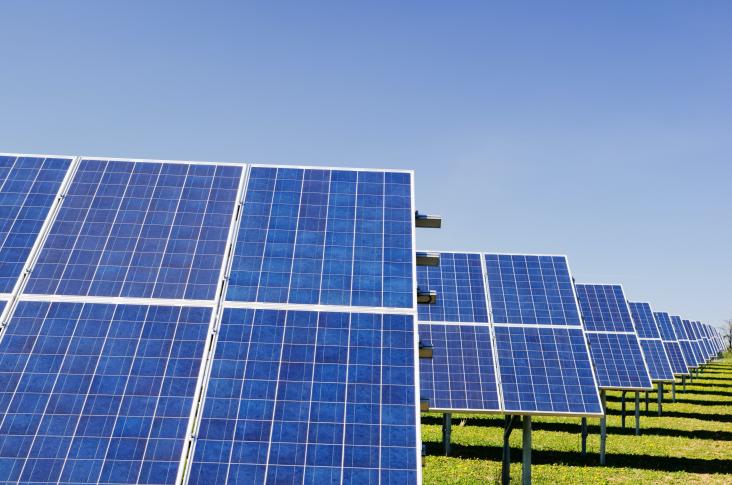Ensure access to affordable, reliable, sustainable and modern energy for all
With evident relevance to SDG 6, the research explores a water pollution control technology evaluation model based on the Pythagorean language neutrosophic set (PLNS) in the context of the pulp and paper industry. The authors' model aims to assist in the choice of appropriate water pollution control technology for those working within the paper industry. It is tested in an example based in China.
World Intellectual Property Day 2024 is highlighting the critical importance of intellectual property (IP) in catalyzing the human innovation and creativity needed for achievement of the United Nations Sustainable Development Goals (SDGs). This study provides an overview of the key debates and the recent evidence on the societal role of Intellectual property rights (IPRs).
In this paper the authors show how the heterogeneity in cities means that individual cities need specific low-carbon roadmaps, rather than a one-size-fits-all approach
This article supports SDG 7 by evaluating the geothermal potential of the granitic rocks which is important in long-term sustainable renewable energy projects due to increasing energy demand.
This article supports SDGs 7 and 13 by comparing the economy and carbon emissions of electrochemical energy storage (EES) and hydrogen energy storage (HES) in renewable energy storage, and it was found that lithium-ion batteries and certain HES routes perform best in LCOS and carbon emissions, supporting their use to achieve future decarbonization goals.
This article supports SDGs 7 & 13 by uncovering areas of consensus and disagreement between models and experts around the clean energy transition
UN's Summit of the Future 2024: Paving the Path for SDG Resources
In China, renewable energy technological innovation (RETI) is the core pathway to addressing climate change and achieving carbon neutrality. Using the dataset from 30 provinces in China during 2007–2018, this paper provides a detailed analysis of the moderating role of Intellectual Property Rights protection in RETI's impact on carbon emissions. A deeper understanding of the impact of intellectual property rights (IPR) protection on the carbon reduction effect of RETI can provide policymakers with more specific information to support SDG 7 and 13.
The demand for solar energy as a clean way to power human lives is increasing, but solar panels are land-intensive and may compete for space with farms. In this article, the authors examine how agrivoltaics (combining farming and solar technologies) can provide synergistic benefits together rather than in isolation, showing positive benefits in climate mitigation, climate resilience, and land equivalent ratios. This contributes to SDGs 2 (ensuring the promotion of sustainable agriculture), 7 (harnessing sunlight to power society), and 13 (agrivoltaics as a way to combat climate change).

Recognising our customers' exceptional work to achieve the United Nations' Sustainable Development Goals
